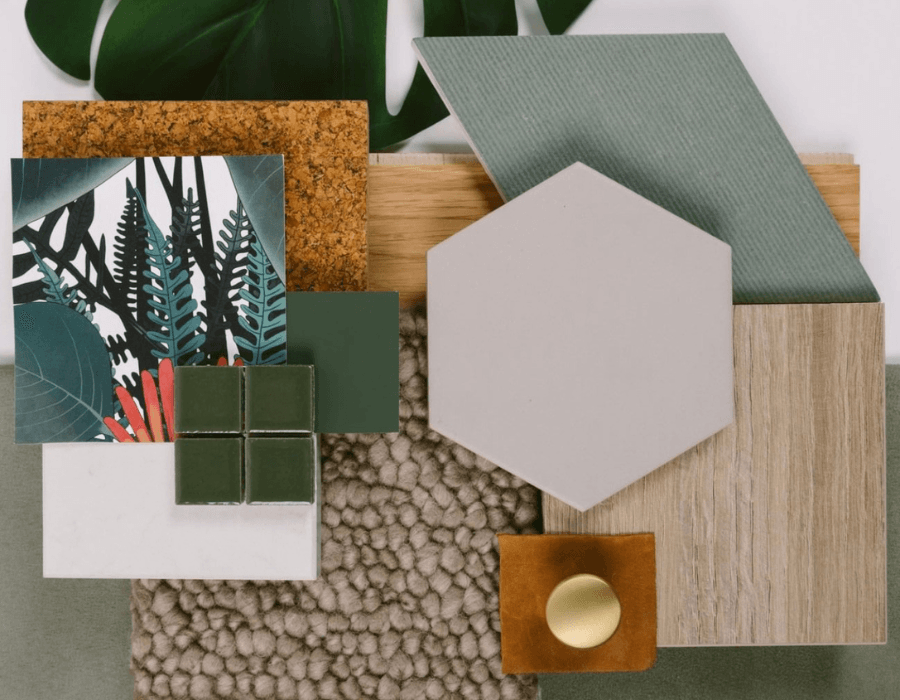Whether you’re an experienced interior designer or a student designing your first dorm room, finding a way to express yourself through room decor is no small feat. Our advice is to start with a colour palette - a sampling of tones and colours that you will use to design the theme of the room. Once you have the colour scheme planned out, the rest of the room will be much easier to plan for and start putting together. All this is easily said, but finding a colour palette can be a difficult decision. Here are our top four pieces of advice when planning a new colour palette.
 |
 |
1. Start big!
Always start by planning the colour for the largest portion of the room. If you are designing the room for your own home, this colour will be the main focus of your room and what you see day after day for the foreseeable future. For this reason, we often recommend starting with a neutral or muted colour, like an off-white or light pastel tone. If you are someone who likes to plan by example, check out our homepage gallery for some inspiration! By keeping things more neutral, you can rely on the smaller features to add a burst of colour and personality to the room.
2. Work with what you have!
When planning out a room, you must work to improve what you have and not only work towards what you want. The lighting of a room can change how you plan your palette. If you live in a space with wide, open windows, dark colours can be a viable option for your palette. If you live in a space with less natural light, brighter colours are a better choice for lightening up the room. The same can be said for the size of a room, where light colours make space appear larger to the eye. Our cupboard doors come in a wide selection of shades, ranging from deep greens to bright whites to help you meet the needs of your space. Plan your colours accordingly and design with that specific space in mind.
3. Create accent colours
Just because you choose a neutral base colour does not mean that your entire room has to follow a neutral theme. The great thing about using muted or natural colours as a starting point is that it opens the space for creative accents and bursts of personality. Whether it’s an emerald green couch or a bright shag rug, finding ways to express your personality through accent pieces will complete the final steps of a room. Using accent pieces to display bright colours is also an ideal way to stay committed to your palette. If you grow tired of a certain accent colour, you can easily switch out the small features rather than repainting the whole room.
4. Putting it all together.
By finding your base colour and working out towards your accent pieces, you should start to find a general pattern in the colours you are choosing. Many people recommend looking at their wardrobes to find colour inspiration as it is usually a reflection of the colours they are drawn to. There is also an assortment of virtual tools that you can look up, which will help find Pantone numbers that complement one another. When you feel ready to begin the process, lay out pieces of the room in a flat-lay image. This will give you a glimpse of the final product and help you better predict the final outcome.
 |
 |
